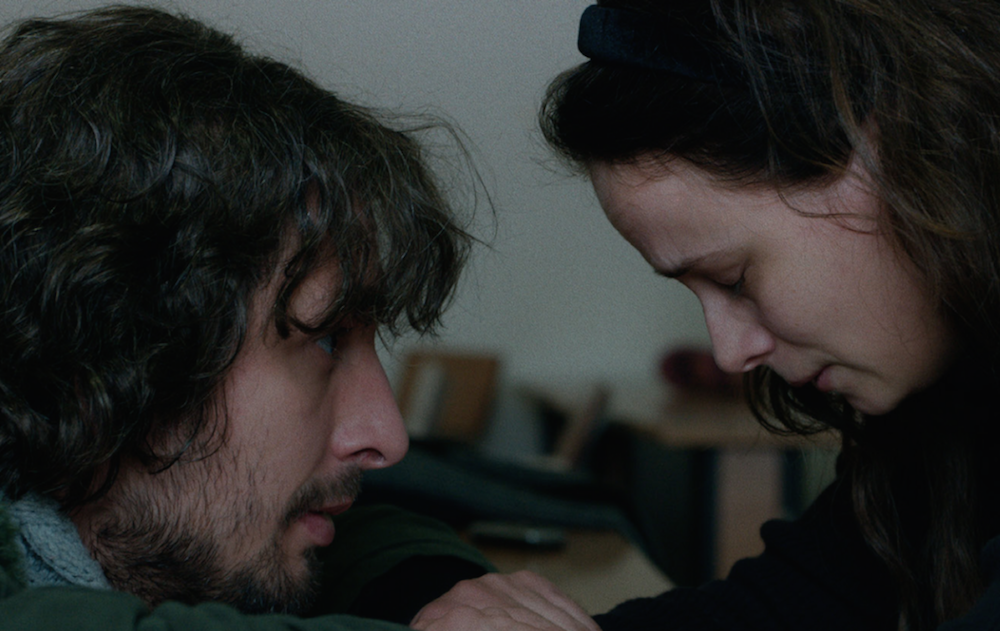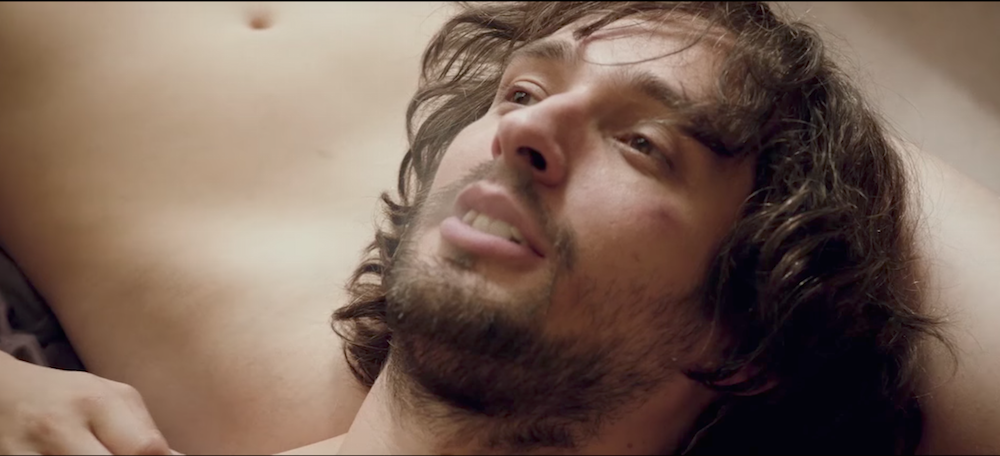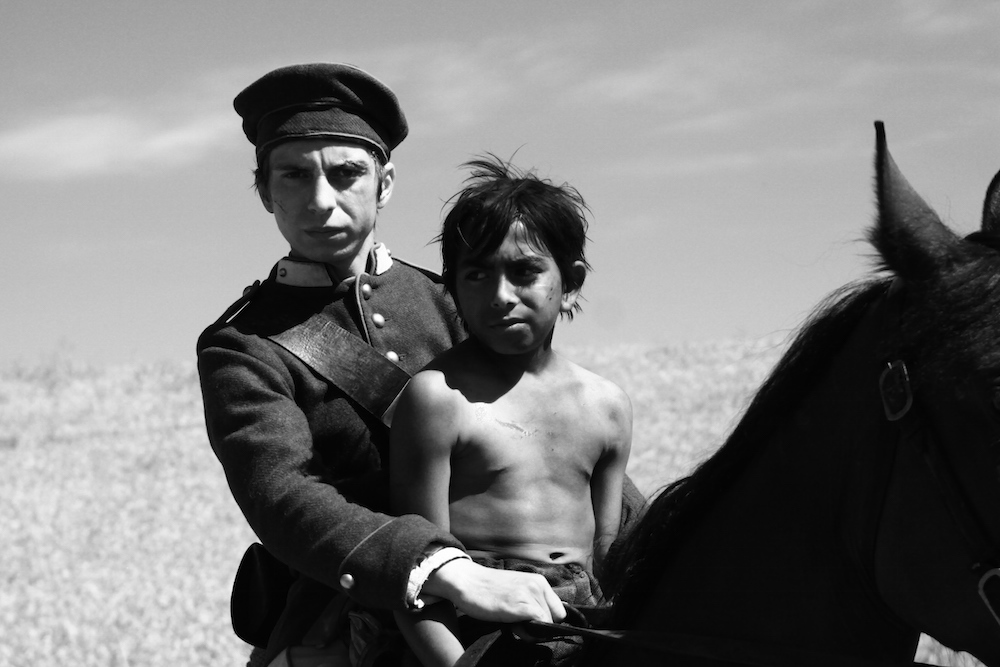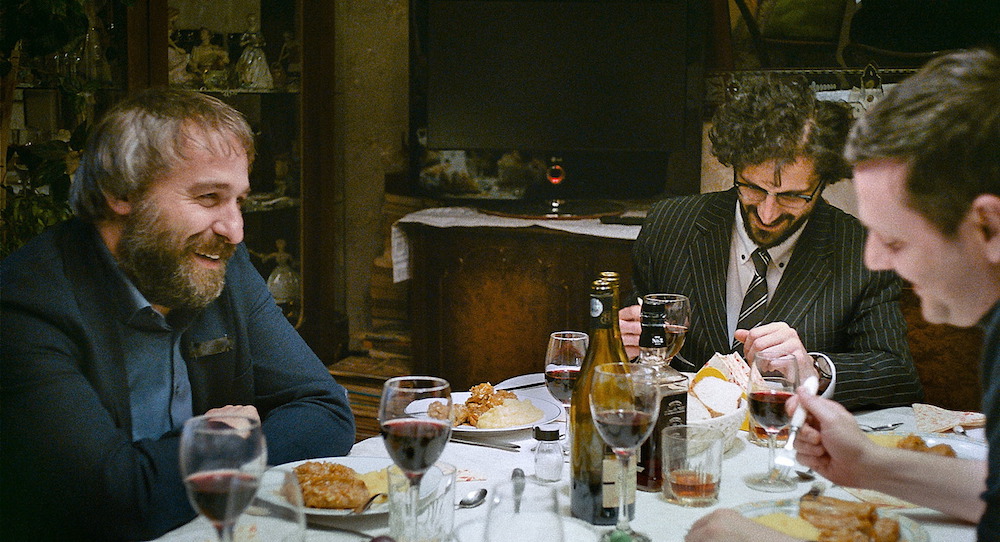Ana, mon amour: Călin Peter Netzer on love, loss and the future of Romanian cinema
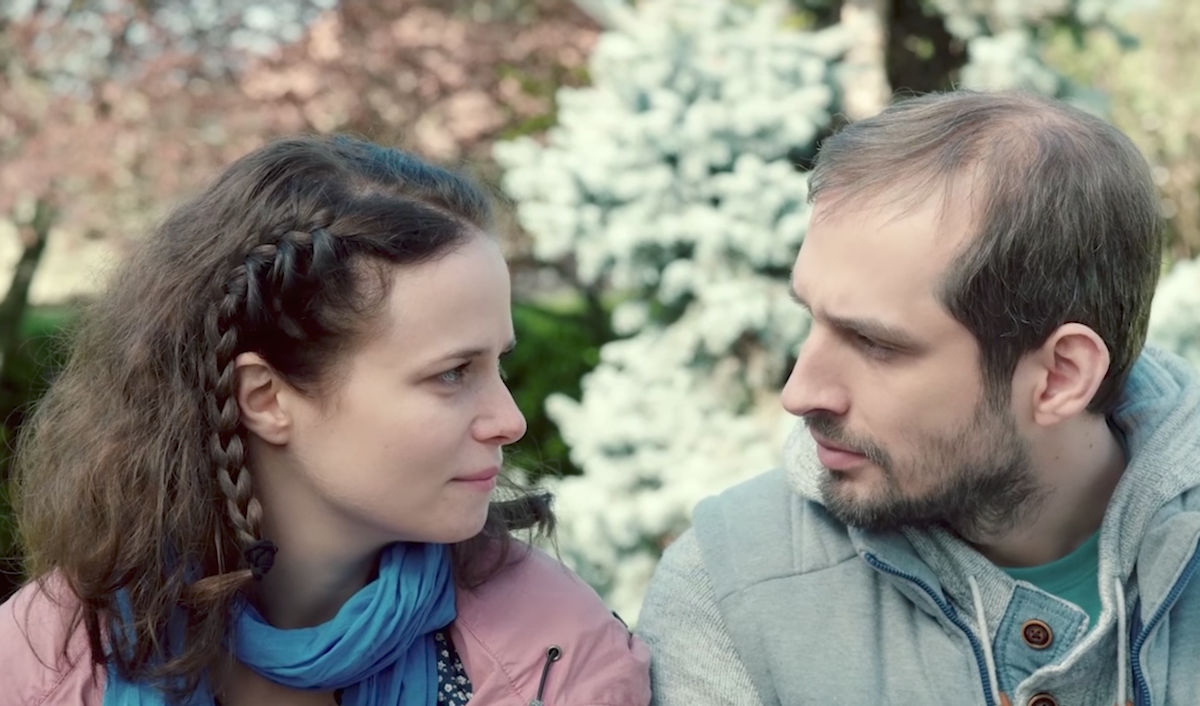
Four years after winning big in Berlin with Child’s Pose, Romanian New Wave graduate Călin Peter Netzer is back with Ana, mon amour, the story of a doomed relationship dogged by mental illness that premiers at London’s Film Festival this week. We spoke to the director about his new film and where he sees Romanian cinema going next
Ana, mon amour, the new film from Călin Peter Netzer, opens with the most clichéd premise of all: boy meets girl. In a university dorm room, Ana (Diana Cavallioti) and Toma (Mircea Postelnicu) chat about Nietzsche, cute and awkward, on the edge of flirtation. It’s a well-observed slice of student life. And then Ana, who we later find out suffers from crippling depression and anxiety, has a panic attack. Toma looks on as she collapses in tears on the bed, uncomprehending. “What can I do?” he asks, taking her hand. “Stay with me a bit,” she replies.
What follows is the painful story of a toxic long-term relationship, put together from liberally arranged, non-chronological flashbacks. Watching Ana and Toma stumble from student romance to adulthood through a string of emotional crises, I found myself returning to that opening exchange. It captures so much of what Netzer is exploring in this fractured, fractious narrative: how attraction and compassion slip into dependency, how well-intentioned people press further and further into unhealthy relationships, how mental illness shapes romantic encounters. Ana, mon amour, which has its UK premiere this weekend at the BFI London Film Festival, takes that innocent request — “Stay with me a bit” — and runs with it to the end of the road.
I ask Netzer about the film’s unconventional structure, which is based around an older Toma’s conversations with his therapist (Adrian Titieni), flitting between different eras of his and Ana’s relationship from scene to scene. “I was interested in the why,” he says. “Why things happen like this, why people go deeper and deeper into such toxic relationships. I tried to order [the narrative] through the psychoanalysis of each of the characters: what happened to them before, what drove them to act like that today.”
As a result, the audience shares Toma’s experience of revisiting the past, drawing connections between things said across many years. “For this non-chronological story, told through associations, the most difficult part was the script,” Netzer continues. “We worked on that for two years. I thought the best way to present a story that stretches for ten years or so was to present it through Toma’s eyes: he is analysing Ana, he is analysing himself and the viewer is like a meta-analyst, analysing the couple.” Using Toma as a prism in this way is something Netzer added to the film’s source material, Cezar Paul-Bădescu’s 2006 novel Luminiţa, mon amour.
When the couple’s relationship finally breaks down for good, the ending seems both sudden and inevitable
Despite this associative storytelling, the film feels coherent, not least because the viewer is thrust into the eye of the storm that is Ana: troubled, proud, fragile, captured with great feeling by Cavaliotti. Shooting in the naturalistic, hand-held camera style of the Romanian New Wave of which Netzer is tangentially a part, cinematographer Andrei Butică keeps us caught up in the moment with claustrophobic, tight frames that don’t flinch from the sex, tears and degradation of the relationship. “That’s why I filmed a lot of close-ups, in a very documentary style, I wanted it to be suffocating and always close to the characters,” Netzer concurs. When the couple’s relationship finally breaks down for good, the ending seems both sudden and inevitable, a result of this immersive filmmaking.
Child’s Pose was a film concerned with class and corruption, at its heart the figure of the vengeful bourgeois matriarch Cornelia (Luminița Gheorghiu), exploiting Romania’s weak-willed public institutions in order to protect her feckless son from a manslaughter charge. In that sense, Netzer’s previous film was in keeping with the Romanian New Wave model. For over a decade now, the country’s directors have garnered international acclaim for their dissections of social issues from abortion (Cristian Mungiu’s Palme D’Or-winning 4 Months, 3 Weeks and 2 Days [2007]) to the ethics of police work (Corneliu Porumboiu’s Police, Adjective [2009]). But while there are nods to contemporary Romanian social life in Ana — the Orthodox Church plays an ambiguous role in the couple’s life; Toma’s well-off parents look down on Ana’s Moldovan heritage — this is a film fundamentally concerned with small scale, intimate dramas over state-of-the-nation addresses.
“It’s a universal story,” Netzer reasons. “I wanted to make a story that could happen anywhere and has less social involvement. My films are psychological. Child’s Pose was more social but the main story was between the mother and the son, the Oedipus complex there. In Ana, mon amour I was interested only in the couple.” Structuring the narrative around Toma’s therapy makes sense in this context; in Netzer’s words, “this film is presented in a psychoanalytical way; it’s not a film about psychoanalysis, it’s a psychoanalytical dramaturgy. Psychoanalysis is the shape of the film.” This statement rings increasingly true through the film, as we come to realise the deep psychological wounds that the lovers’ parents have inflicted on them.
Like Toma and Ana, the viewer is likely to end the film looking for someone to blame for what has transpired. For me, the closing scenes seemed to reaffirm the pessimistic notion that no one ever escapes from their family history, that no love affair ever really addresses childhood trauma. Rather than the story of a break-up, then, this is a cautionary tale about how relationships are impossible to begin with. That would be bleak even by New Wave standards. Netzer, though, is more ambivalent about where his characters are left. “I put out questions not answers,” he says. “The finale is open. There is much work in front of [Toma and his therapist]. But there is hope. Analysis is not an answer, it’s a possibility.”
Aferim! (2015) and Scarred Hearts (2017), for instance — aren’t really New Wave-style at all. At a recent British Film Institute last year I witnessed two critics lay into one another over whether the phenomenon was merely dead or had never even existed. I ask Netzer where he situates himself in the Romanian scene and what future he imagines for the national cinema.
“I don’t know which way people will go. Romanian cinema will start to change”
“I grew up with them, they are my colleagues,” he begins tentatively. “I consider myself as being from this group — I was with Cristian Mungiu in the same class at film school. But we are now at the point where things will change. Not only me, we feel like this minimalist way of doing cinema is not enough.” So no more hand-held realism? “There is a saturation when it comes to that. The point was to make art house films to take to festivals, to win big prizes, to get publicity, come back and get [Romanian] people into the cinema.” But, as many have pointed out, domestic audiences haven’t tended to take the bait.
Netzer is laconic. “It’s a pity that this generation has all these prizes and people [in Romania] aren’t interested. Ana, mon amour made more money in France and Spain than in Romania. A commercial film in Poland might get 1.5 domestic million viewers. That’s impossible for Romania.” As in his work, though, he is not about to offer any simple answers. “I don’t know which way people will go,” he shrugs. “Things will start to change.” In this sense at least Netzer is already ahead of the curve.
Ana, mon amour is showing at the BFI London Film Festival on the 8 and 9 October. Get your tickets here.

